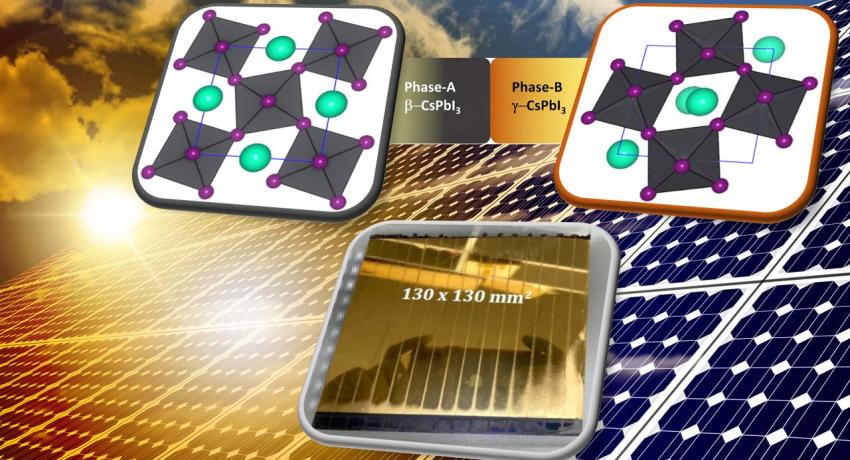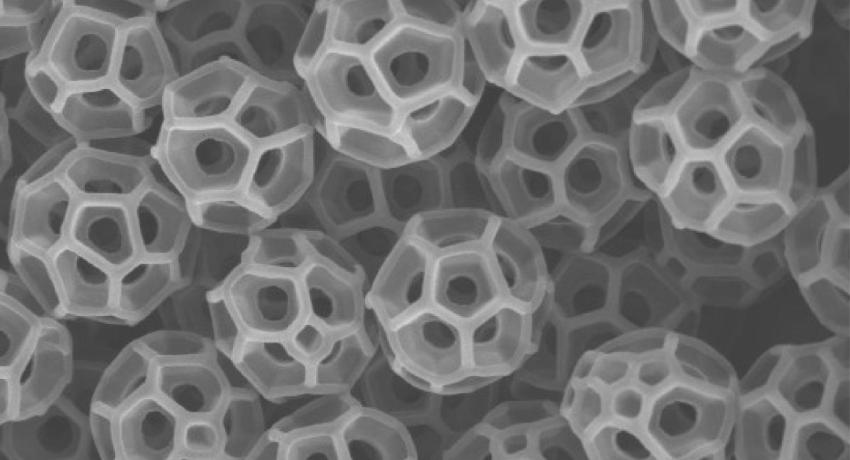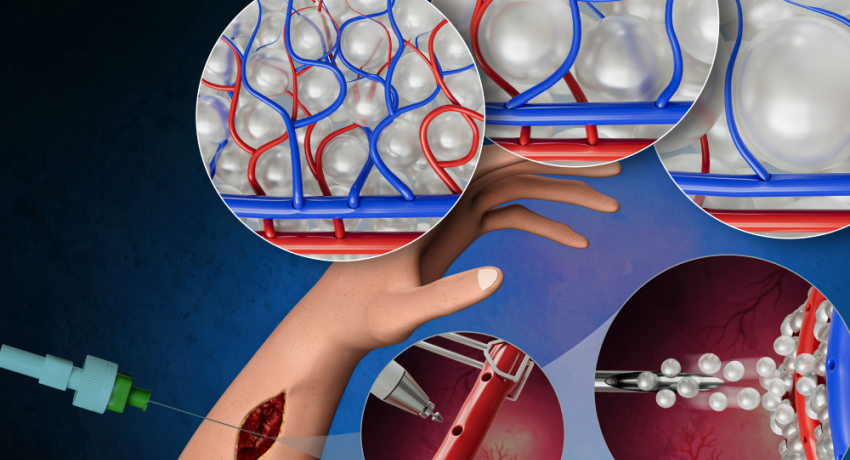Butterfly-inspired AI technology takes flight
By Jamie Oberdick
When it comes to mating, two things matter for Heliconius butterflies: the look and the smell of their potential partner. The black and orange butterflies have incredibly small brains, yet they must process both sensory inputs at the same time — which is more than current artificial intelligence (AI) technologies can achieve without significant energy consumption. To make AI as smart as the butterflies, a team of Penn State researchers have created a multi-sensory AI platform that is both more advanced and uses less energy than other AI technologies.




